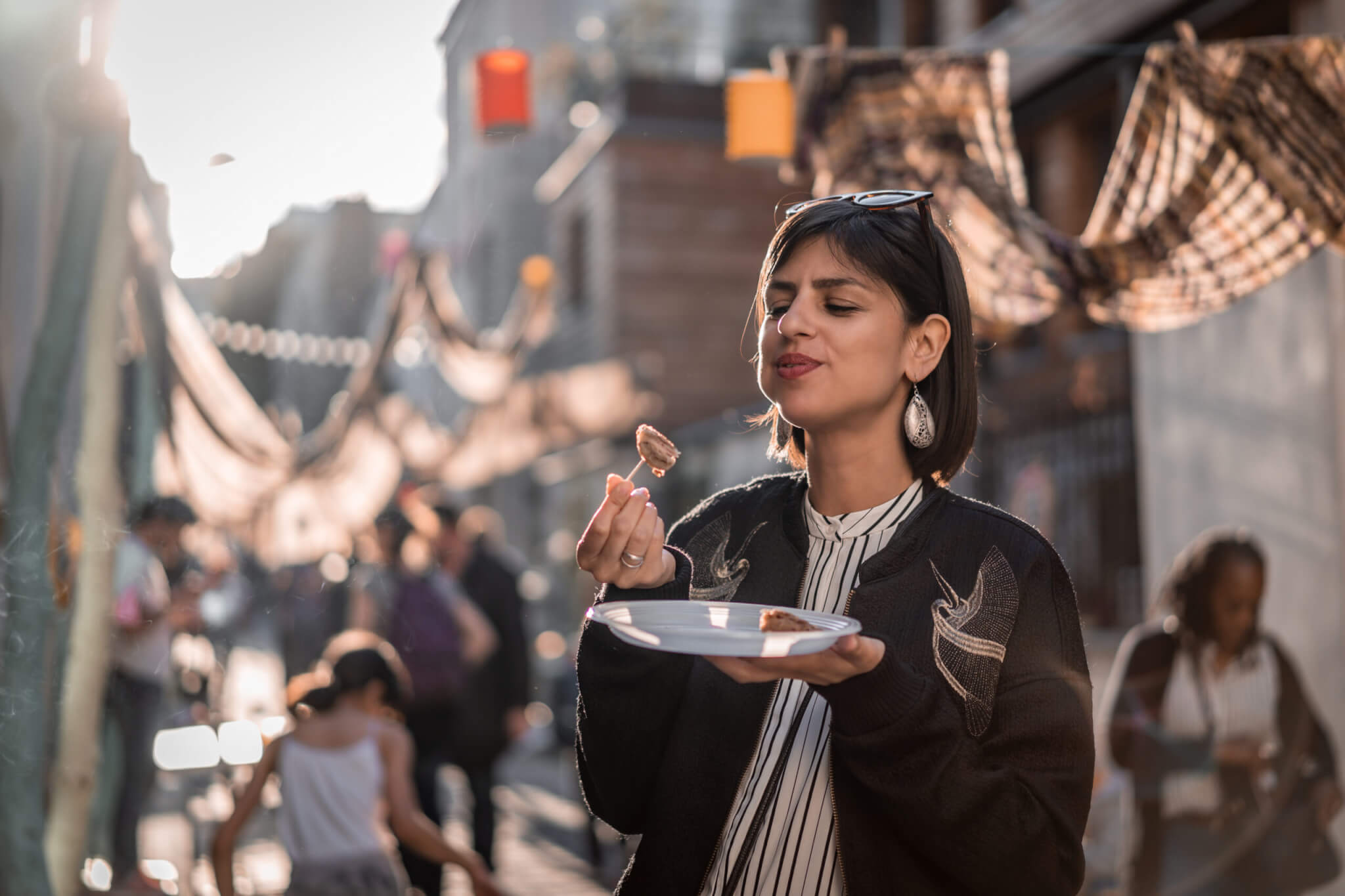
Traveling while gluten-free can feel like walking a tightrope—one wrong move, and you’re dealing with the fallout. From surprise breadcrumbs in your salad to kitchen surfaces that weren’t cleaned properly, it’s easy to feel like the odds are stacked against you.
But here’s the thing—you can explore the world and eat well without constantly worrying about what’s on your plate.
1. Plan Ahead
Preparation is your best friend when traveling gluten-free. Before leaving, research gluten-free-friendly restaurants, bakeries, and grocery stores at your destination. Use tools like Find Me Gluten Free or TripAdvisor reviews for honest feedback. Save your finds in your map app so you’re never stranded when hunger strikes. A little effort now saves a lot of stress later.
2. Learn the Language
If you’re heading to a foreign country, knowing how to explain your dietary needs is essential. Memorize phrases like “Does this contain gluten?” in the local language or use apps to translate on the spot. Translation cards, like those from Celiac Travel, are lifesavers in restaurants. A clear explanation can prevent miscommunication and keep you safe.
3. Bring Your Own Snacks
Never underestimate how handy a snack bag can be. Pack protein bars, gluten-free crackers, or single-serve almond butter packets to avoid last-minute food emergencies. If you’re flying, ensure any liquids like hummus meet TSA size limits. Having safe snacks ready keeps you comfortable and saves you from relying on airport options, which might not be gluten-free.
4. Cook Your Own Meals
Cooking your own meals offers control and peace of mind. Look for accommodations with a kitchen, such as Airbnb or extended-stay hotels. Bring simple staples like gluten-free pasta or bread to whip up meals quickly. Not only does this save money, but it also minimizes the anxiety of hunting down safe restaurant options in an unfamiliar place.
5. Notify Airlines Early
For long flights, airlines often provide gluten-free meal options, but they need to be requested in advance—usually through their website or during booking. Pack backup snacks, just in case your request isn’t fulfilled. Double-check at check-in that your meal is on record. Taking these extra steps ensures you have something safe to eat mid-flight.
6. Pack Staples
Gluten-free staples like bread, pasta, and oatmeal can be tough to find abroad. Packing lightweight items ensures you’re prepared for anything. Add rice noodles, granola bars, or shelf-stable pancake mixes to your bag for a quick breakfast or dinner. These items also give you flexibility if local grocery stores don’t stock gluten-free products you need.
7. Read Labels Carefully
Hidden gluten can lurk in unexpected places. Always check labels for terms like malt, modified food starch, or “natural flavors.” In non-English-speaking countries, look for international gluten-free certification symbols to simplify your search. When you’re unsure, avoid processed foods and stick to whole ingredients like fruits, veggies, and unseasoned proteins.
8. Use Food Apps
Food apps are game-changers for gluten-free travel. Find Me Gluten Free and Yelp allow you to search for restaurants by dietary needs. Check reviews for mentions of cross-contamination practices. Apps can also help you navigate local cuisine with confidence by identifying places where gluten-free options are treated with care and attention.
9. Carry Dining Cards
A dining card that explains your gluten-free needs in the local language is invaluable. It communicates your requirements to the waitstaff, even if there’s a language barrier. Look for pre-made cards specific to your destination, or print your own with detailed instructions. These small tools help avoid awkward moments and ensure you’re understood wherever you dine.
10. Avoid Cross-Contamination
Even gluten-free dishes can be compromised by shared prep spaces. Ask questions like, “Are fries cooked in the same fryer as breaded items?” or “Is gluten-free bread toasted on a shared surface?” It’s always worth confirming preparation practices. Being vigilant about cross-contamination minimizes your risk and keeps your dining experience stress-free.
11. Find Local Stores
Local grocery stores are treasure troves for gluten-free travelers. Research ahead to find stores with certified gluten-free products, especially in larger cities. Chains like Whole Foods in the U.S. or Carrefour in Europe often stock reliable options. Visiting local markets can also uncover fresh, naturally gluten-free ingredients like produce, eggs, and dairy.
12. Join Gluten-Free Communities
Gluten-free travel groups are gold mines for tips and recommendations. Join Facebook groups like Gluten-Free Globetrotter or browse Reddit forums for destination-specific advice. Fellow travelers share everything from trusted restaurants to local brands. These communities can make your trip planning much easier and help you avoid pitfalls that others have experienced.
13. Carry a Doctor’s Note
Customs agents may question your gluten-free products, especially if you’re carrying items like bread or packaged snacks. A doctor’s note explaining your medical condition can smooth things over. It shows you’re carrying essential items for health reasons. Having this documentation ensures you’re prepared for any unexpected questions during international travel.
14. Try Delivery Apps
Food delivery apps like Uber Eats or DoorDash are excellent for late-night cravings or when exploring isn’t feasible. Use filters to find gluten-free options, but always call the restaurant to confirm safe practices. Delivery services also let you enjoy meals in your hotel room without the stress of cross-contamination risks in busy restaurants.
15. Trust Your Gut
If something feels off—whether it’s how a server handles your request or uncertainty about preparation—it’s better to walk away. Your health matters more than the potential inconvenience of finding another place to eat. Stick to your instincts and prioritize your safety. Gluten-free travel doesn’t have to mean compromising your well-being.
Final Thoughts

Traveling gluten-free is all about preparation and confidence. With the right tools and tips, you can explore the world without worrying about what’s on your plate.
Do you have a favorite gluten-free travel tip? Share it in the comments or tag us in your travel stories—we’d love to hear about your experiences!
More from Travel Reveal:
